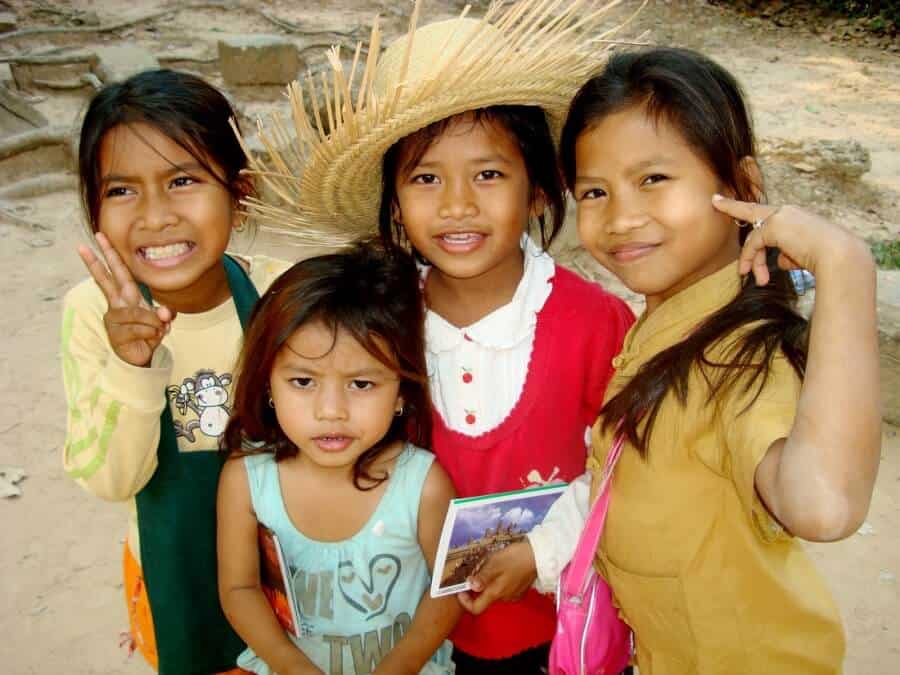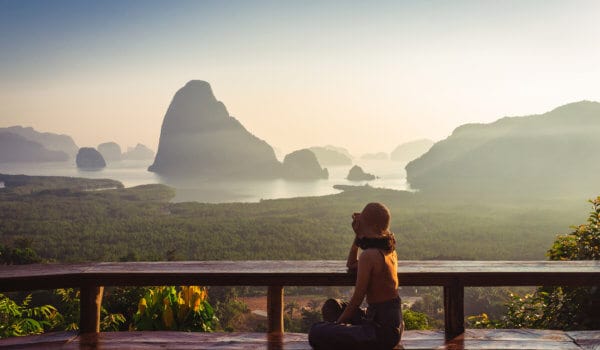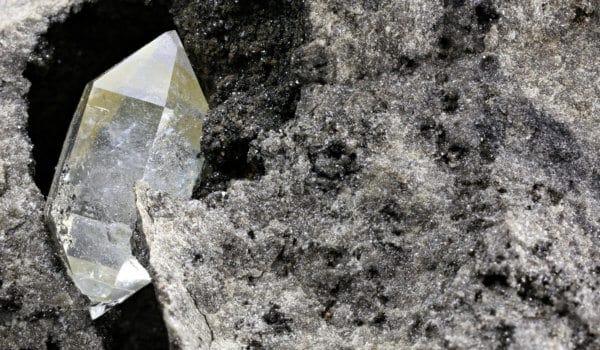Far, far away, hidden amidst the jungles of Asia, is the Kingdom of Cambodia. Its ancient civilization developed on the banks of the legendary Mekong and long evaded the European pioneers. Despite its sad history, the Kingdom today greets its visitors with a hundred children's smiles.
I had always wanted to visit Cambodia, but was scared at first, and then later it seemed to me to be so far away and difficult to get to. But when a trip to neighbouring Thailand loomed on the horizon – I didn’t give it a second thought, pushing aside the doubts of my parents and friends who tried to discourage me from travelling to a country that had so recently suffered terror and war. I placated relatives, assuring them that I would cross the border by plane and leave land crossing to the reckless. For me, Cambodia began with the northern town of Siem Reap, where strict customs officials at the airport passed my passport from one to the other, with only the eighth finally pasting the Kingdom’s green visa on it. Sizzling Siem Reap is no different from any European holiday destination: its streets are lined with exclusive luxury hotels with glamorous names, like ‘Ancient Angkor’, ‘Paradise’ and ‘Dream’.
The temple complex of Angkor is considered the country’s top landmark and is worshipped as the heart of Cambodia. The entrance ticket – on which they print your photo – opens up a door to the world of an ancient civilization. It is hard to imagine that on this site there was once an entire city, which from the 7th century was the capital of the Khmer state that flourished on the territory of what is now Thailand, south Vietnam, Laos and Cambodia, having reached a peak in the 12th century. The power of the empire is reflected even in the temples, which they built for themselves and their gods, the monarchs who considered themselves ‘the rulers of the world’. Each one tried to outdo their predecessor. Thus, by the 15th century, there were hundreds of places of worship in Angkor, and, they say, it was the largest city in the world. Its power fell under the onslaught of the Siamese army in 1432. The abandoned complex was devoured by insidious jungles, which, more than 400 years later, French naturalist Henri Mouhot tried desperately to get through. Wild animals, poisonous snakes, giant spiders, and hungry mosquitoes all hindered a two-year expedition, but the discovery was worth such sacrifices – Angkor was found!
Of the multitude of the complex’s stone structures, the main temple baring the same name is certainly worth visiting. Angkor Wat (’temple city’) is what is depicted on the flag of Cambodia. It resembles a termite mound protected by towers from the tails of rattlesnakes. The world’s largest religious structure was built back in the 12th century in the likeness of the sacred, mythical Mount Meru, where, according to the Hindu religion, all the gods live. So that they were not burdened by human existence, the temple was surrounded by a high wall and a 200-metre-wide moat. Today, these measures do not prevent the crowds of tourists descending like so many multicoloured butterflies on this bright UNESCO World Heritage Site. You could spend a whole day here just looking at all the dancers depicted on the walls. With their alluring gestures and poses, it was as if they had hypnotized my camera. They say that not one figure is repeated; even the earrings, beads and facial expressions are different. By way of a rickety staircase, you can climb to the top of the temple and take in the surrounding area. I was stopped by a scary security guard and told that you cannot go in in shorts and with bare shoulders. My guide gallantly lent me his trousers and shirt, insisting that I just had to see the view. And how grateful I was to him! From the heart of the ‘termite mound’ I saw what the gods must have seen: the temple’s cascading towers reaching up to the heavens, and the all-consuming jungle, stretching far beyond the horizon.
Not least impressive was the pyramid-like Bayon temple. It features hundreds of stone faces, which either greet you with a smile or sternly follow your every move. On each of the towers the heads are placed according to the four cardinal points. The stone emotions are especially beautiful when captured in photographs. The innocent smiles of the local kids begging a dollar for cute knick-knacks bring you back to reality.
But perhaps the most spectacular of the temples is Ta Prohm. It is the one you’ve seen in the movie Lara Croft: Tomb Raider and you won’t be making a mistake calling it by the name of the protagonist –that’s what the locals call it today. The strong roots of banyan trees are so completely entwined in the ruins that it seems as if they were a stone that had taken root in a tree. Here the atmosphere of antiquity and mysticism really makes itself felt. I was even inexplicably compelled to turn off the beaten track towards some overhanging trees. But as I was later told, it is strictly forbidden to deviate from the tracks because in addition to all the other hazards of the jungle, there is the likelihood of stumbling into a mine, of which Siem Reap has up to 6 million! However, don’t let the fact that Cambodia is one of the most mine-ridden countries in the world put you off, as the most interesting places in the country are safe.
Support us!
All your donations will be used to pay the magazine’s journalists and to support the ongoing costs of maintaining the site.
Share this post
Interested in co-operating with us?
We are open to co-operation from writers and businesses alike. You can reach us on our email at [email protected]/[email protected] and we will get back to you as quick as we can.









